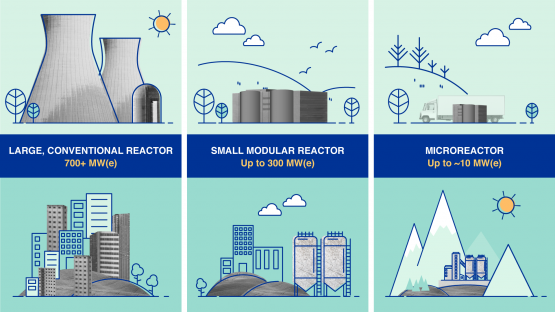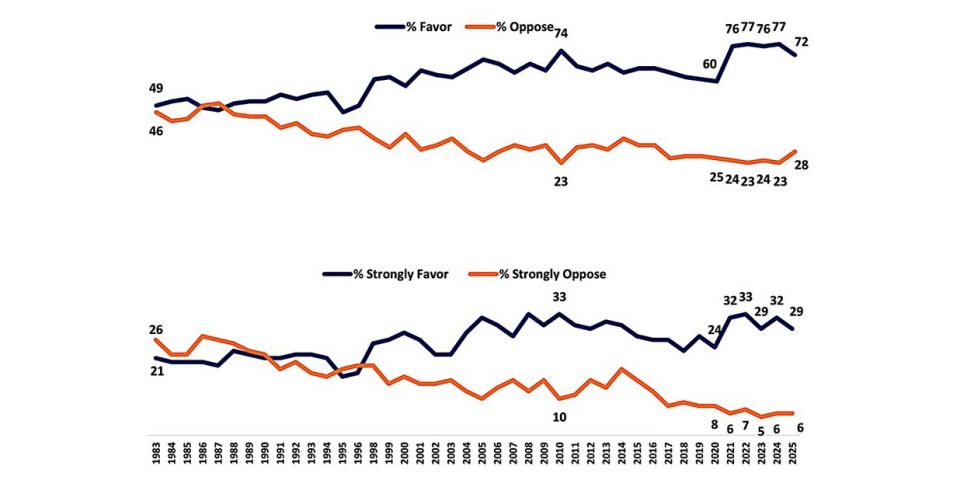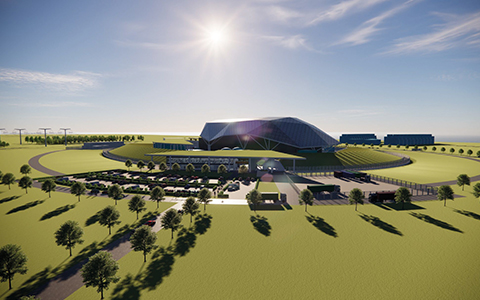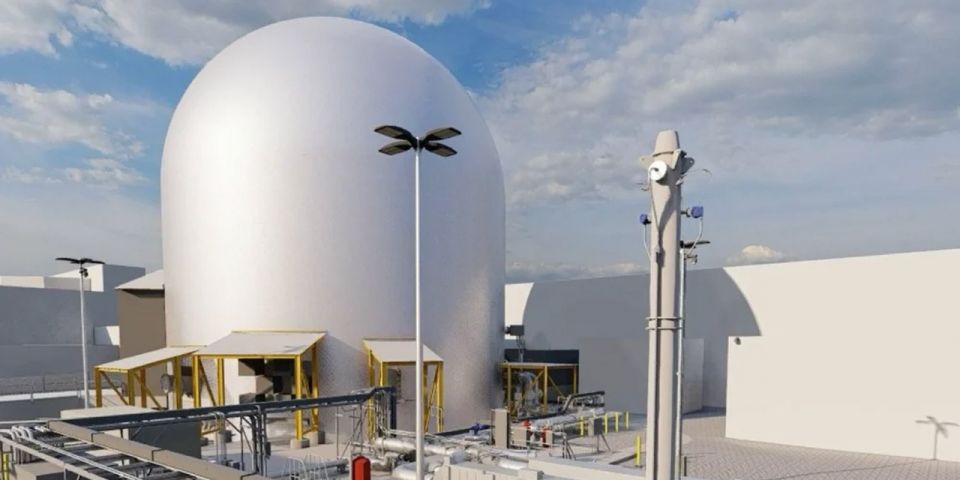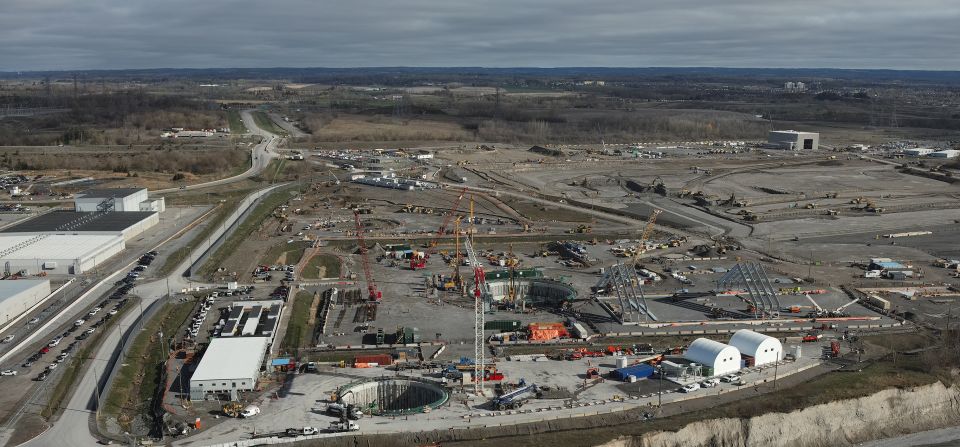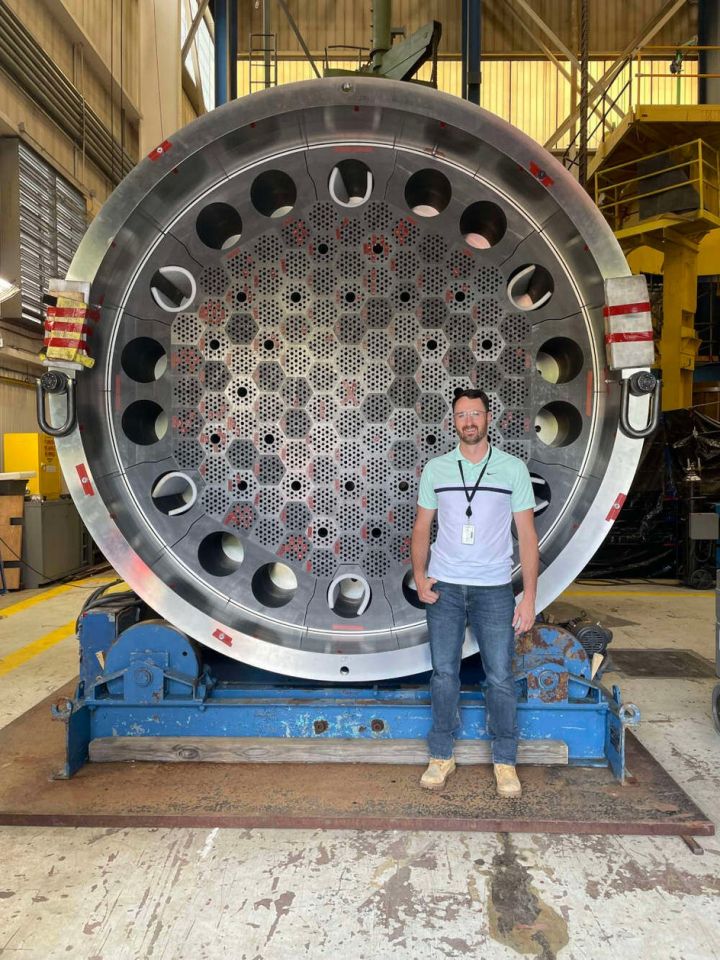SMR projects: As described in the Ferrell video, SMRs, which generate less than 300 MW of power, may be designed in both thermal-neutron and fast-neutron configurations. The world’s first commercial onshore SMR was put into operation in China’s Shandong province in December 2021. The 200-MW reactor was manufactured by China Huaneng Group Corporation.
In February, Oregon-based NuScale Power announced that it had signed an agreement to initiate work toward the deployment of its SMR technology in Poland.
Microreactors: Significantly smaller than SMRs, microreactors can generate up to 20 MWt. Their advantages, according to Ferrell, include their ability to be easily integrated with renewables, to be used to restore power losses caused by natural disasters, and to be moved from one site to another.
Former SpaceX engineers with the start-up company Radiant are developing a 1-MW helium-cooled microreactor capable of powering 1,000 homes.
Competitive with renewables: The advantages of SMRs include the potential to make nuclear power more competitive with solar, wind, and hydropower. The video touts the safety-related advantages of SMRs compared with conventional nuclear reactors. For example, the SMR manufactured by NuScale “can passively cool itself utilizing natural water circulation. . . . Its design is immersed in water to assist in cooling the reactor during unusual conditions, not to mention the specific valves that instantly release heat from the reactor vessel during an emergency.”
Challenges: After describing the benefits of SMRs, Ferrell notes that the “main challenges surrounding the SMR market are related to complicated licensing and regulatory guides, codes, and standards of practice and legal frameworks around the globe.” In addition, he said, the levelized cost of electricity is higher for SMRs than for solar, wind, or hydro, holding back the technology’s commercial competitiveness.
Ferrell states that despite these challenges, the SMR market is expected to grow at a compound annual growth rate of 15.8 percent until 2030.
